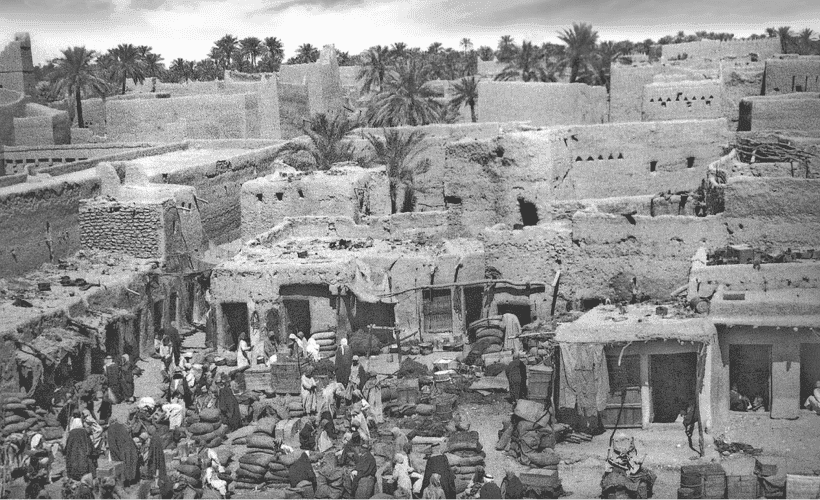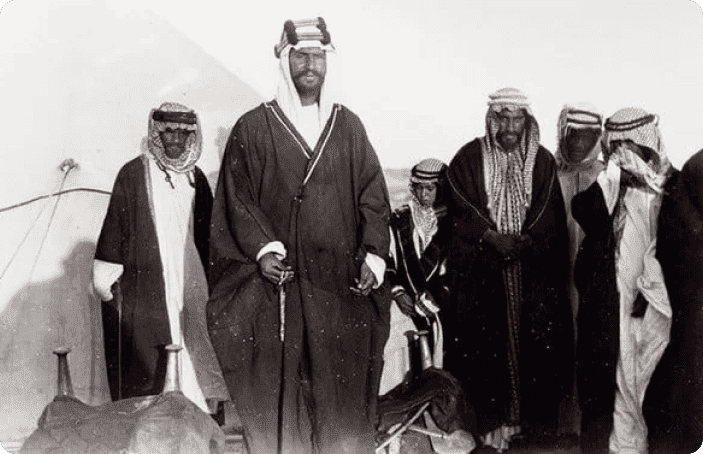The first inception of Riyadh began about three centuries ago, on part of the site of the ancient city of Hajar, which remained for tens of centuries the base of the province of Al Yamamah and a center for the confluence of trade caravan routes that roam around the island between its north and south, east and west, and its location is characterized by many valleys and wells with abundant water, palms, planting and fruits. Riyadh grew in this privileged location a small village, surrounded by other villages on the site of the extinct city of Hajar and surrounded by a sprawling desert over the Najd plateau, then the city continued to grow at natural rates and expanded its area during that period. Now the city of Riyadh represents a unique and wonderful model in the field of urban growth and unprecedented achievement, so Riyadh began to develop urbanly during the last quarter of the last century to take a new turn, the rapid reconstruction movement was launched throughout the city and its surroundings in an amazing way, creating a large number of new districts, accompanied by huge plans to establish various municipal projects of roads, bridges, modern intersections, lighting, car and pedestrian tunnels, multi-storey parking, gardens, parks, children's playgrounds, fountains and aesthetic shapes, public markets, commercial centers, health slaughterhouses, and other modern equipment and facilities, in addition to educational, health and social services, communication and transportation services of all kinds.


The name **"Riyadh"** began to be used for the city in the 11th century AH, based on what Ibn Bishr mentioned in his historical account: *"In the year 1049 AH / 1639 CE, the judge of Riyadh passed away."* The name **"Hajr"** gradually faded and was no longer used except to refer to a small part of the old city, and later to a water well located on the western bank of Wadi Al-Batha within Riyadh, between today’s King Saud Street (formerly Al-Batha Street) and King Faisal Street. The new name, **"Riyadh,"** came to encompass what remained of the city of Hajr along with the surrounding lands and orchards. The name was derived from the nature and landscape of the area, known for its greenery and gardens. The unity of the city became more evident with the construction of the mud wall around it in 1162 AH / 1748 CE. — *Hamad Al-Jasser*


For inquiries or comments regarding municipal services, please fill in the required information.
No comments have been added yet
Last Update:
05/13/2025
50 visitors liked the page content out of 59 shares